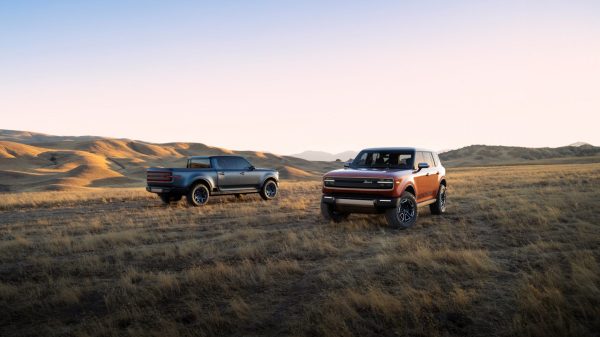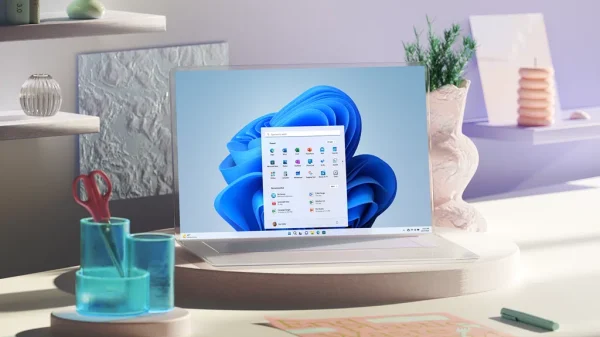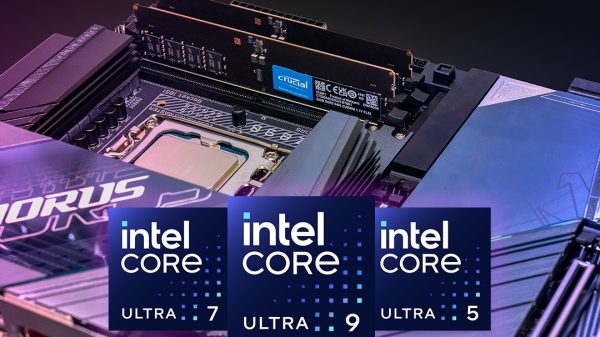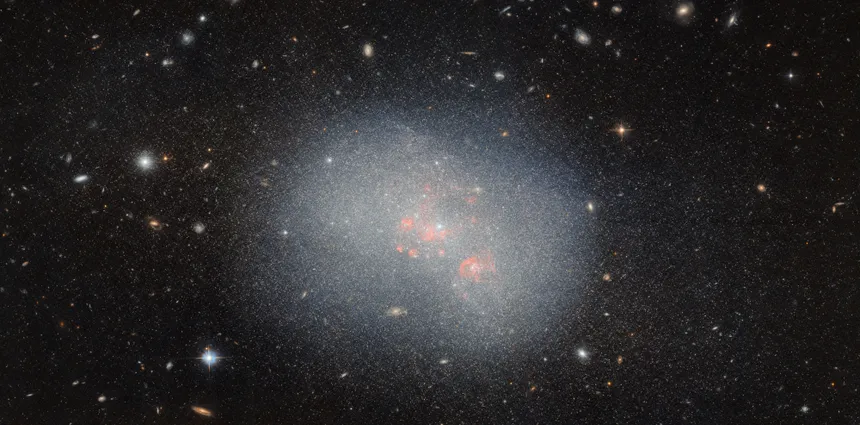On June 5, 2024, Boeing’s CST-100 Starliner spacecraft successfully launched atop a United Launch Alliance Atlas V rocket, carrying NASA astronauts Suni Williams and Butch Wilmore to the International Space Station (ISS). This marked the first crewed flight of the Starliner to orbit, and it was hailed as a major milestone for NASA’s Commercial Crew Program. The spacecraft was originally scheduled to stay at the ISS for just over a week, but due to successful testing and operations, its stay was extended until June 22.
During its time at the ISS, the Starliner crew conducted a range of scientific experiments, including tests of the spacecraft’s thrusters, which had experienced some issues during the final approach to the ISS on June 6. The thrusters were evaluated to ensure their performance was meeting the required standards, and the additional time allowed the crew to carry out more extensive testing and operations.
The Starliner’s extended stay also provided an opportunity for the astronauts to carry out additional tasks, including hatch operations to better understand the spacecraft’s handling and repeat “safe haven” testing, where they retreated to the spacecraft in an emergency situation. The crew also conducted piloting exercises using the spacecraft’s forward window, which involved going and maneuvering the Starliner through space.
During their stay, the astronauts were treated to stunning views of the aurora borealis, which were captured by NASA astronaut Matthew Dominick in a series of time-lapse videos taken from inside SpaceX’s Crew Dragon spacecraft, which docked with the ISS in March. The videos showed the Starliner with a dramatic aurora backdrop, with glimpses of Williams and Wilmore inside the spacecraft lit up by their flashlights.
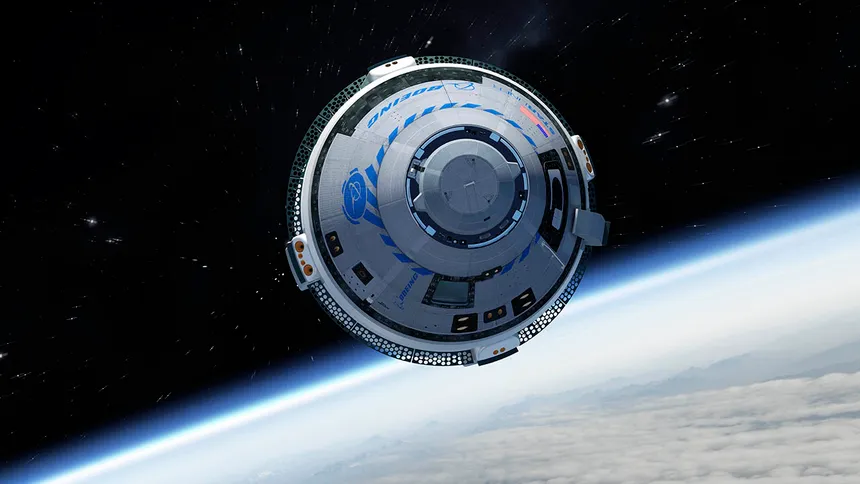
Boeing’s Starliner Completes Successful First Crewed Mission to the International Space Station
When the Starliner is fully certified, it will join SpaceX’s Crew Dragon as a vehicle capable of carrying both astronauts and cargo to the ISS. The Starliner is expected to undergo further testing and evaluation, including a potential six-month docked mission at the space station, which would demonstrate its long-term capabilities and readiness for future crewed missions.
The success of the Starliner’s first crewed flight to the ISS is a significant achievement for NASA’s Commercial Crew Program, which aims to provide astronauts with reliable and safe transportation to and from space. The program is critical to the agency’s long-term goals, including the Artemis mission to return humans to the Moon and establish a sustainable presence on the lunar surface.
In the meantime, the Starliner will continue to be used for testing and operations, with its crew conducting a range of scientific experiments and testing the spacecraft’s systems. The extended stay at the ISS has provided an opportunity for the crew to conduct additional testing and training, and has demonstrated the Starliner’s capabilities and versatility as a spacecraft.
The successful completion of the Starliner’s first crewed mission to the ISS marks a major milestone in the development of NASA’s Commercial Crew Program and paves the way for future crewed missions to the ISS and beyond.

